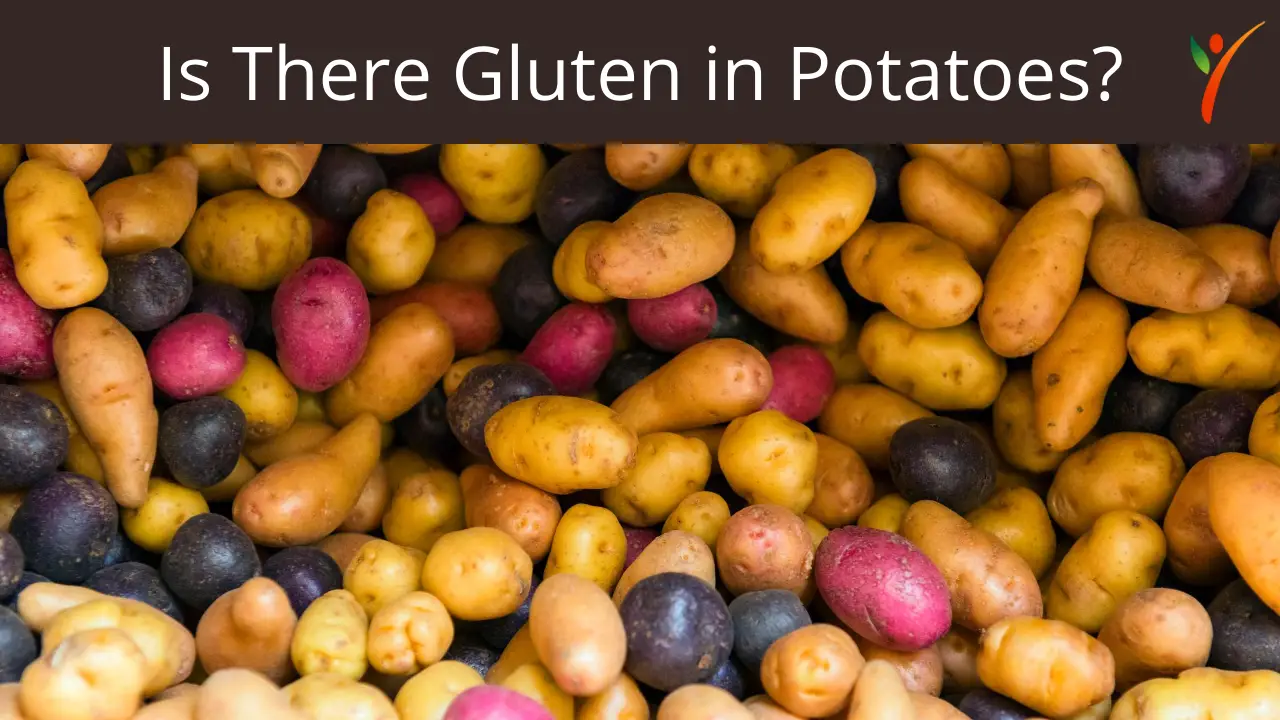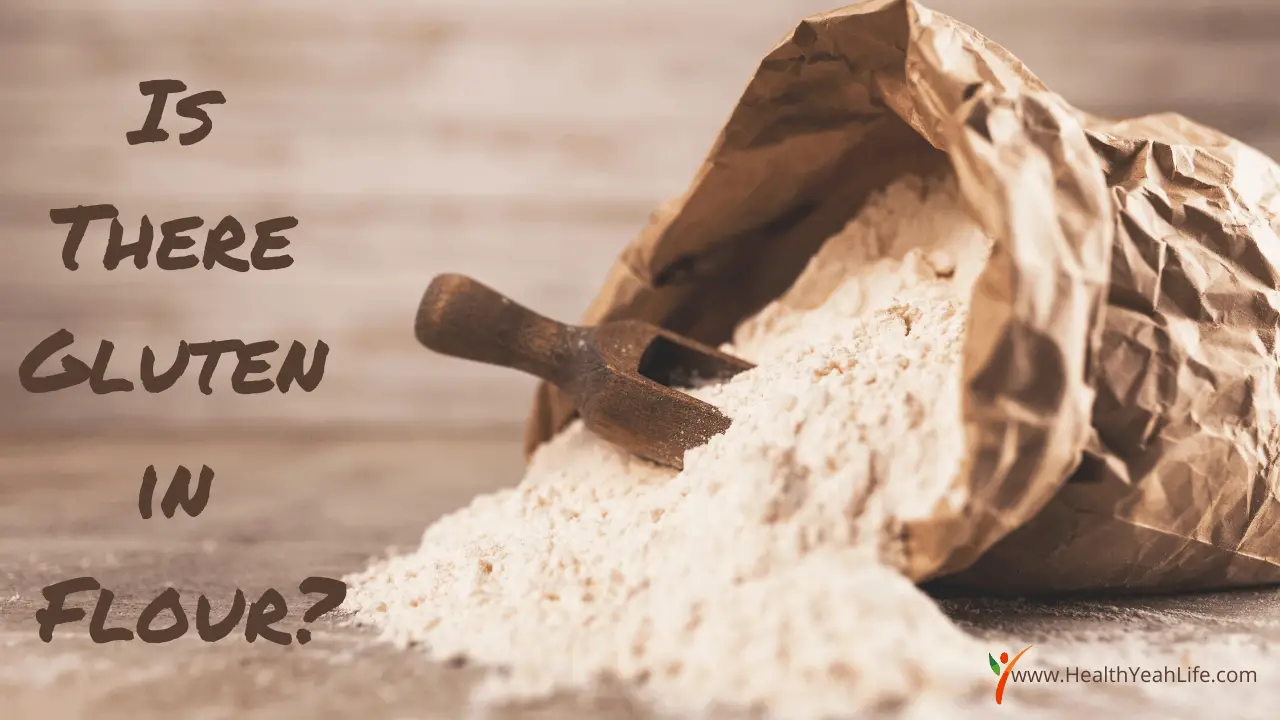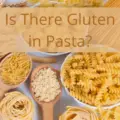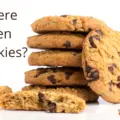There is no doubt that potatoes are a global favorite in the vegetable section. This starchy vegetable has upheld its esteemed position due to the endless array of dishes with this one ingredient. You wouldn't want to leave behind your favorite vegetable when switching to a gluten-free lifestyle. And we’re here to tell you that you don’t have to!
Do Potatoes Have Gluten?
To summarize it, yes, potatoes are gluten-free! Let’s recap what we know about gluten; gluten is a type of protein. You’ll find gluten in food that contain grains such as wheat, rye, barley, etc. On the other hand, potatoes are as far as you can go from grains; they’re a regular starchy vegetable. Similarly, they're an excellent substitute for foods containing gluten that you'll be avoiding on a gluten-free diet. All you've got to do is make sure your dish doesn't include any off-limits food items.
So what does this mean? In simple words, even if you’re sensitive to gluten, you don’t have to leave potatoes behind. However, do take precautions since potatoes can still become cross-contaminated with gluten. Another reason is that if you’re unsure of the ingredients of the potato dish, it might have gluten-containing ingredients. If you’re eating at a restaurant, boiling potatoes might be done in the same water that boiled gluten-containing ingredients like pasta.
For this reason, you’d want to avoid eating potatoes at restaurants to avoid cross-contamination. Similarly, pre-packaged potatoes or potato chips in the market can have gluten-containing ingredients. Always double-check the ingredients for any that might contain gluten, or consult someone in charge.
What Types of Potatoes Do Not Contain Gluten?
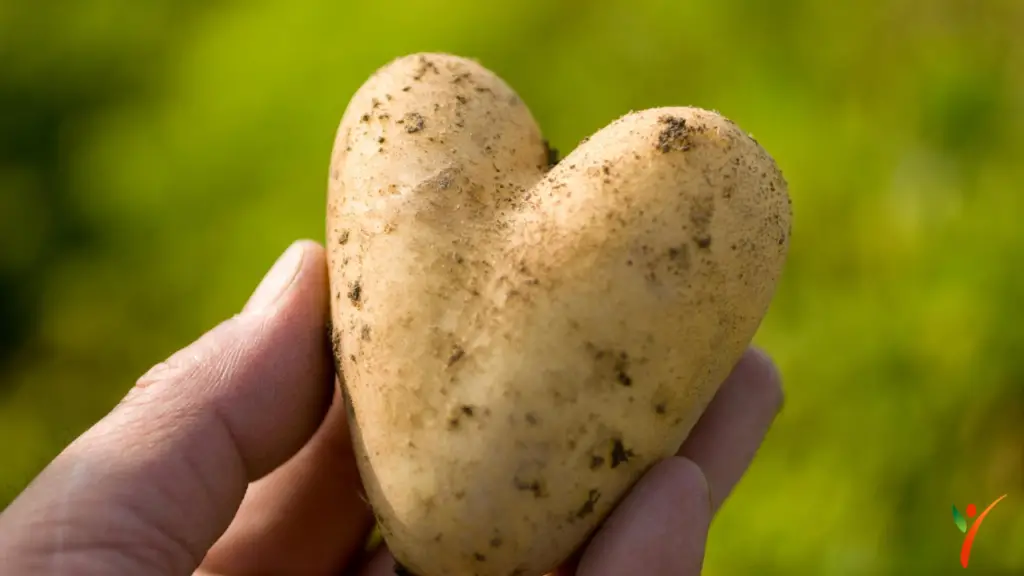
Here’s an interesting fact for you; there are over 200 different types of potatoes in the US alone! However, these 200 types can be divided into seven main divisions of potatoes. You can eat all of these potatoes as long as they’re not contaminated with gluten-containing ingredients. Here are the seven types of potatoes you can find and add to your daily regime according to your taste preference:
Russet Potatoes:
These are the most common type of potatoes you can find on the market. These oval-shaped brown colored potatoes are perfect with their light, chewy texture. Make your favorite mashed or baked potatoes with russet potatoes.
Red Potatoes:
These small, round, and red-colored potato bring its waxy texture to the table. The best thing about red potatoes is that even if you boil or cook it, it'll keep its shape instead of turning into mush. It's a creamy texture, and sweet taste is perfect for stews and soups.
White Potatoes:
The name white potatoes come with its white color both from the outside and inside. An advantage of eating this potato is its low sugar, making it perfect for diabetes patients. You can steam, boil, and fry these potatoes in your meals.
Yellow Potatoes:
Yellow potatoes are waxy and moist in texture with a subtle sweetness in its taste. You'll be getting both a crispy skin and creamy flavor with these potatoes, and they are ideal for roasting.
Purple Potatoes:
This potato comes with a purple flesh alongside a waxy texture. Once again, this type is low on sugar content. Moreover, they add a rich earthy flavor to your dishes. Use these for grilling, roasting, and baking to add a nutty flavor to your meal.
Fingerling Potatoes:
This potato gets its name from its finger-like shape with sizes ranging from 2-4 inches. You’ll find numerous color varieties in fingerling potatoes such as white, orange, red, and purple skins.
Petite Potatoes:
Petite potatoes are the smallest potatoes you'll find in terms of size. However, they're incredibly rich in flavor as compared to larger potatoes. This makes them a great addition to your dishes by frying or roasting these tiny potatoes.
What Can You Make With Potatoes?
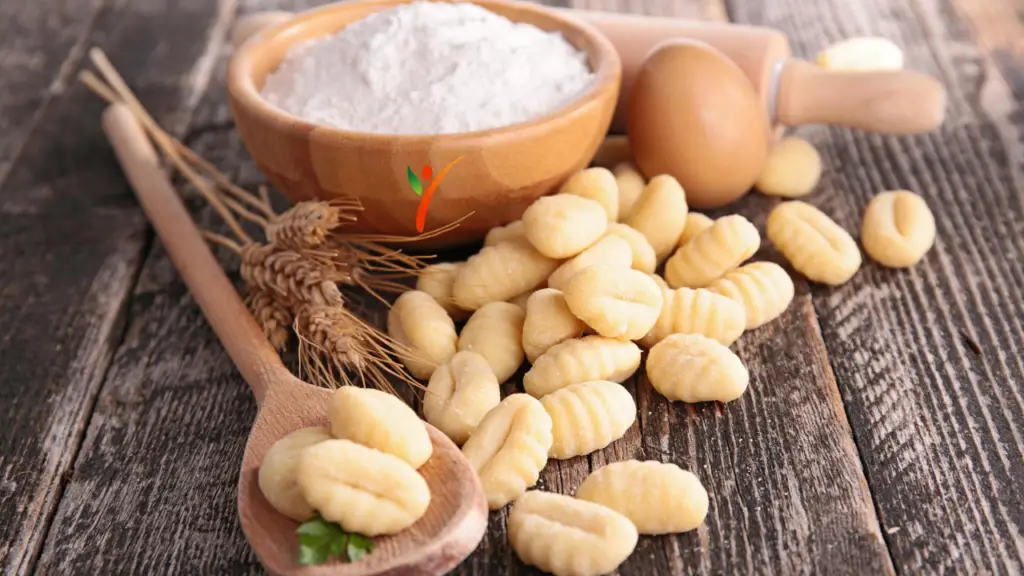
You can make a bunch of things with potatoes using them as substitute ingredients alongside cooking them as they are. One of the best things about potatoes is they make perfect substitutes for gluten-containing ingredients. Here are a few ideas on what you can do with potatoes to keep your meals gluten-free:
Potato Flour:
Flour usually comes in the form of wheat or whole-wheat, which you’ll need to avoid on a gluten-free diet. But that doesn’t mean you’ve to kick it out of your life completely. Go for potato flour instead of one that is made from potatoes rather than wheat. You can also bake cakes, bread, and even cookies with potato flour. Additionally, you can also go for sweet potato flour if you want a touch of extra sweetness in your baking.
Potato Crust:
Nothing can replace a good old classic pizza. However, you'd want to avoid dough made from wheat flour. Hence, another option is to use your potatoes as a pizza crust! You can make a layer of mashed potatoes as the crust, or even roast thinly sliced potatoes. The only thing left afterward is to top it off with your favorite gluten-free toppings.
Potato Thickener:
While making soups or sauces, you might need a thickener to enhance its texture. Pay extra attention to see if the roux is made with flour that adds to the soup or sauce to help thicken the liquid content. However, skip on the flour and use mashed potatoes instead. You'll be thickening the liquid and also adding a rich flavor to it!
Gnocchi:
We know the temptation is real when you're craving for pasta. However, instead of putting yourself at risk by eating gluten-containing pasta, go for gnocchi instead. Gnocchi is made from potatoes and is even known as an Italian classic. Moreover, you can use gluten-free flours to make your gnocchi perfect in texture.
Potato Crumbs:
The crispy texture breadcrumbs add to anything you roll in it is like no other. However, let’s skip on the breadcrumbs if you’re going gluten-free. As an alternative, you can roll your preferred protein in potato flakes for a similar crisp when you fry it.
Potato Lasagna:
Potato can be your perfect companion for making a tasty lasagna. Instead of layering your lasagna with lasagna noodles made from flour, use potatoes instead. You can thinly slice your potatoes and make your layers with them for both the texture and a delicious taste.
What Should You Avoid While Eating A Gluten-Free Diet?
You’re prone to falling under the misconception that all potato dishes are gluten-free. While potatoes are gluten-free, additional ingredients might not be, especially if you’re eating at a restaurant. Here’s what you should be avoiding in potato dishes when you’re on a gluten-free diet.
Fried Potatoes-
Fried potatoes, or french fries, might be fried in cooking oil contaminated with gluten. Cooking oil with gluten content may cause severe allergic reactions for those with Celiac or gluten sensitivities. Hence, avoid eating fried potatoes if you're not sure about them being gluten-contaminated.
Mashed Potatoes-
For starters, mashed potatoes may be boiled in water used to cook gluten-containing items. Another risk to mashed potatoes is that there might be additional ingredients in it that contain gluten, e.g., butter.
Baked Potatoes-
Baked potatoes have the same risk to them as mashed potatoes. The butter or oil added in baked potatoes at restaurants can be easily gluten-contaminated. Additionally, if your potatoes come with gravy, the flour used might be a gluten-containing ingredient.
Potato Chips-
Stop eating store-bought potato chips! For one, they're incredibly unhealthy, and you're not getting any nutrition from them. Secondly, they may contain gluten-containing ingredients such as wheat starch. You can make your healthy version of potato chips at home.
Gluten-Free Potato Salad Recipe:
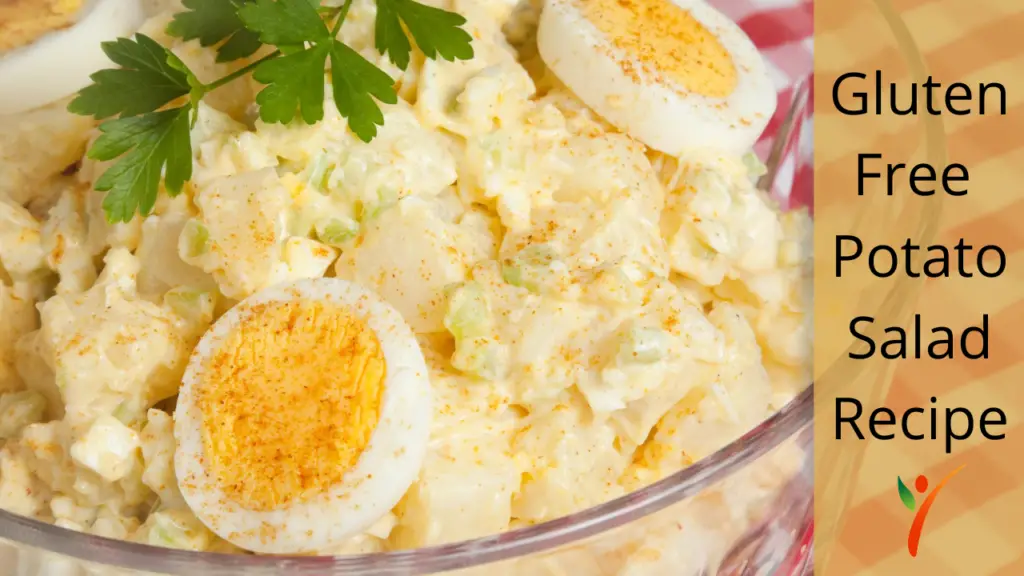
Here’s a classic potato salad recipe that is bound to satisfy all your cravings. Moreover, it takes only a few minutes to make this salad, making it a perfect quick and easy recipe. Here’s everything you’ll need to make this salad:
Ingredients
- 6 medium potatoes, peeled (2 pounds)
- 1 ½ cups mayonnaise or salad dressing
- 1 tablespoon white or cider vinegar
- 1 tablespoon yellow mustard
- 1 teaspoon salt
- ¼ teaspoon pepper
- 1 medium onion, chopped (1/2 cup)
- 2 medium celery stalks, chopped (1 cup)
- 4 hard-cooked eggs, chopped
- Heat water in a saucepan, around 1 inch of it, and salt it if preferred. Add your potatoes to the heated water. Cover the pan and let it cook for about 30-35 minutes until the potatoes are tender. Cool the potatoes and then cut them into cubes.
- Add mayonnaise, vinegar, mustard, salt, and pepper in a bowl and mix them. Next, add the potatoes, celery, and onion and give it another toss. Lastly, add in the eggs. Place the salad in the refrigerator for around 4 hours and let it chill.
Final Words:
Going gluten-free doesn't necessarily mean restricting yourself. With the tons of food experiments you can do with potatoes, explore your favorite options! I love to find numerous tasty gluten-free recipes using this universal vegetable.
Live Extraordinarily!

The owner of this website, HealthYeahLife.com, is a participant in the Amazon Services LLC Associates Program, an affiliate advertising program designed to provide a means for sites to earn advertising fees by advertising and linking HealthYeahLife.com Review to Amazon properties including, but not limited to, amazon.com.

